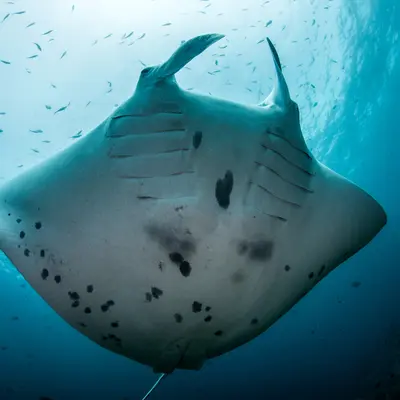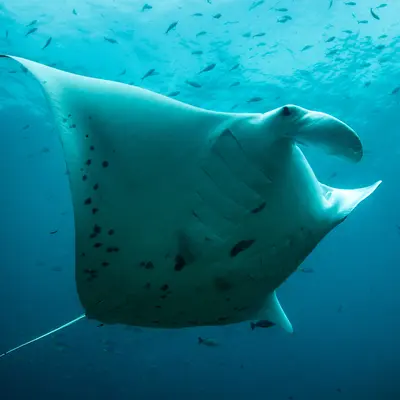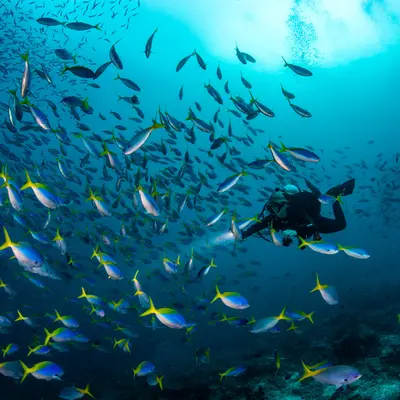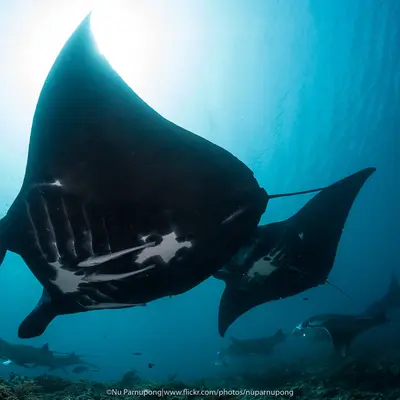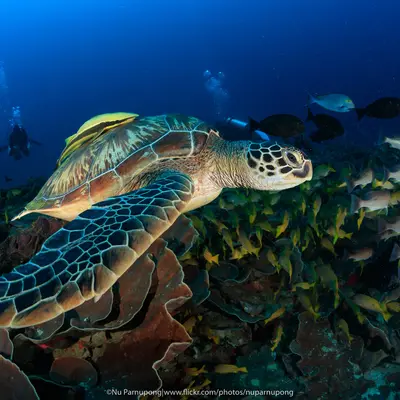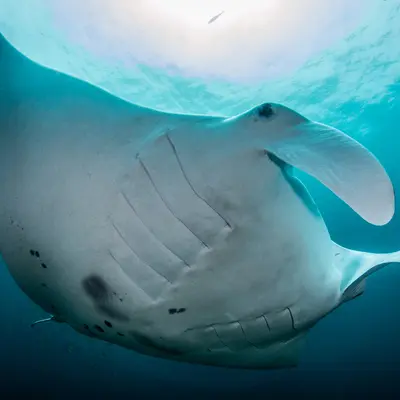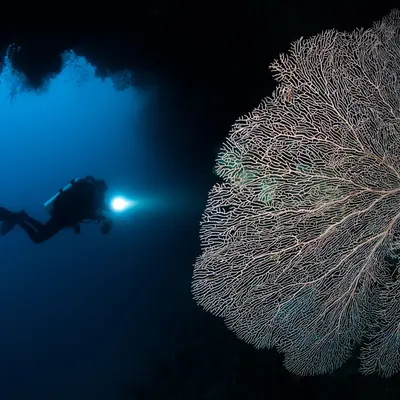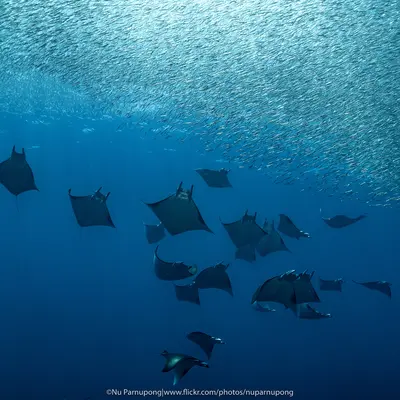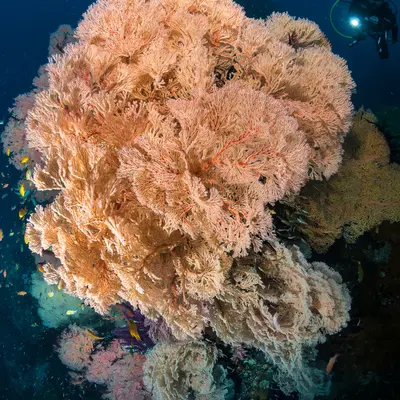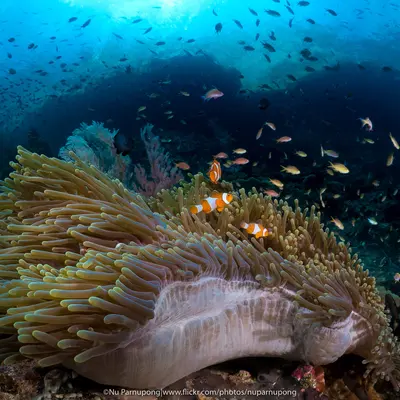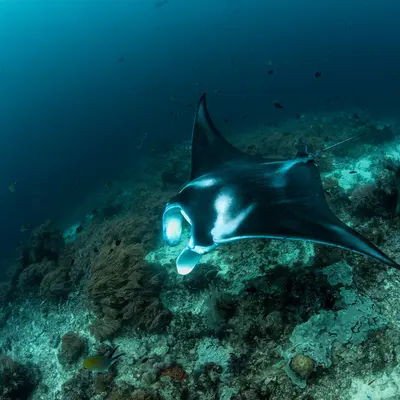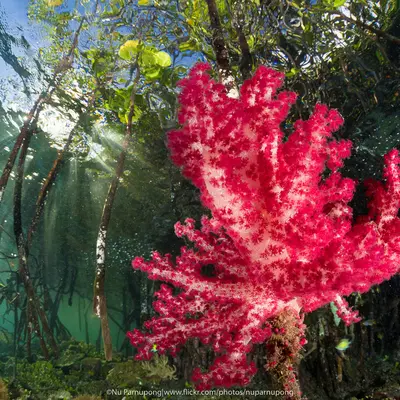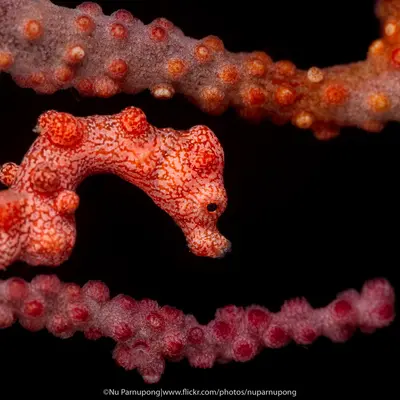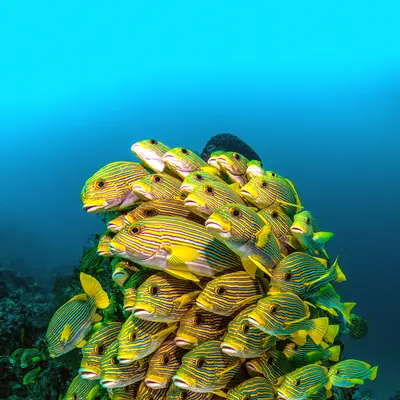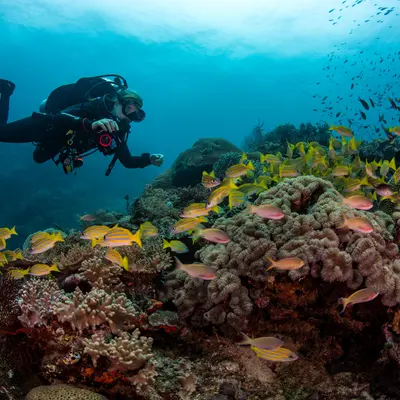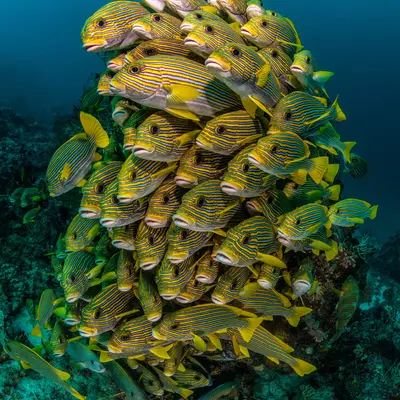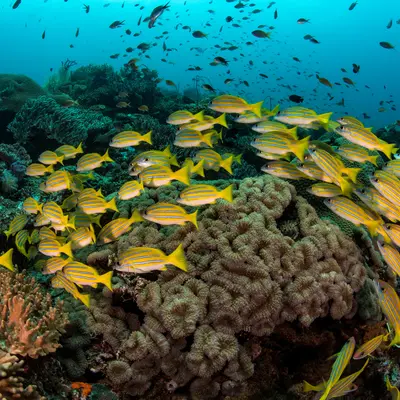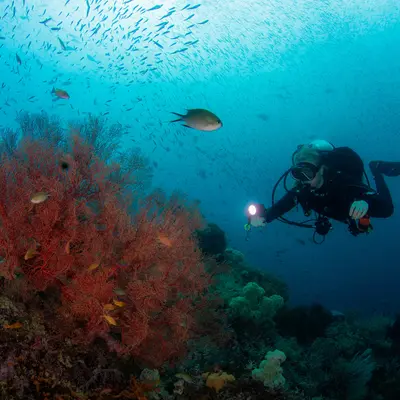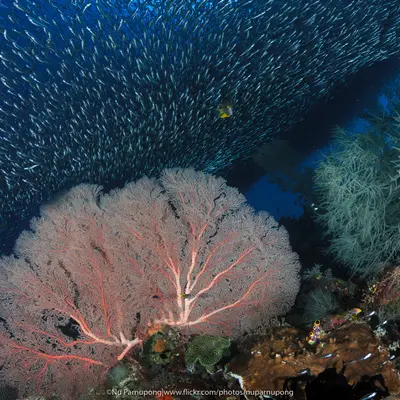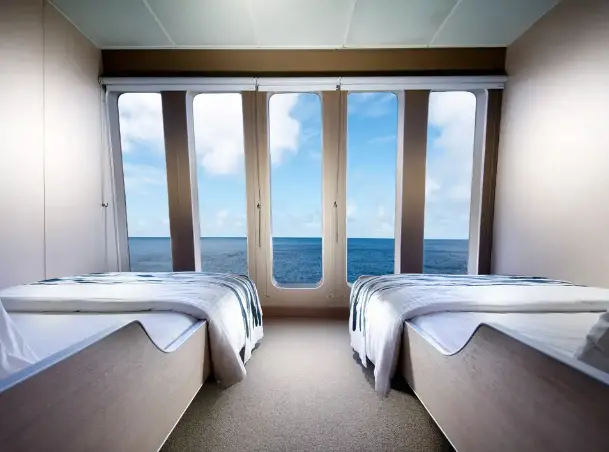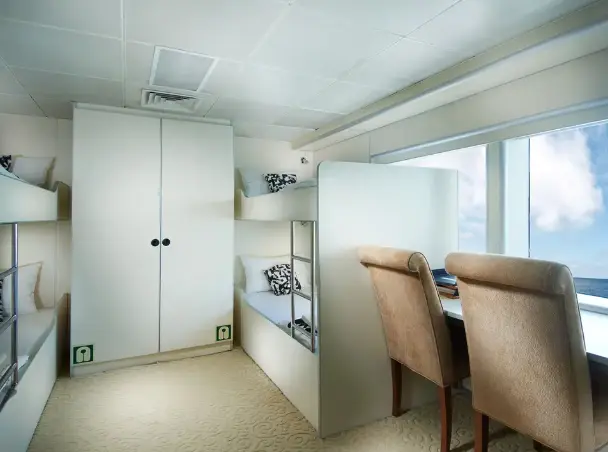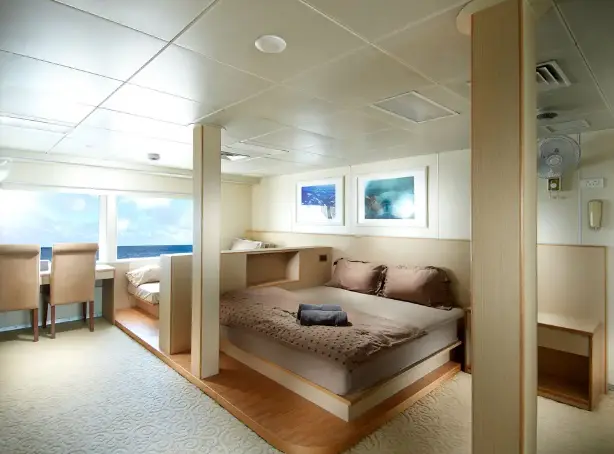The Solitude Adventurer takes you to the most famous diving spots in Indonesia. Depending on the route, you will spend 6 to 12 nights on board and can experience 3 to 4 dives a day. The programme includes:
Raja Ampat
Misool
Ambon
Banda Sea
Maumere
Komodo National Park
Service for photographers: The ship offers special amenities for underwater photographers:
Separate camera station with its own rinsing tank and special towels, digital studio with computer for image processing
This website uses Google Maps to embed map material. Please note that your personal data may be collected in the process. To view the Google Maps map, please agree that it is loaded from the Google server.
The Solitude Adventurer was extensively renovated in 2017 and since then has been offering first-class diving safaris all year round in some of Indonesia's most spectacular regions.
The ship was designed by divers for divers and offers space for 18 guests, who can enjoy modern comfort and excellent service.
Cabin variety and facilities:
There are three cabin types to choose from on board:
-
Staterooms with a king-size bed or two single beds and an additional day bed
-
6 deluxe cabins with single beds
-
1 standard four-bed cabin, ideal for families or small groups
Each cabin has a private bathroom with hot water shower, air conditioning, safe, hairdryer, towels, shower gel and shampoo.
All cabins are located on the main or upper deck and offer a marvellous view of the surrounding seascape thanks to large windows.
Communal areas:
Facilities include a spacious indoor lounge, library, bar and dining area, as well as a covered outdoor area for relaxing and dining.
Culinary delights include freshly prepared regional and international dishes served buffet style. There is also a snack bar for small refreshments in between meals.
The panoramic deck with its large sun deck invites you to enjoy the sea breeze and the breathtaking view.
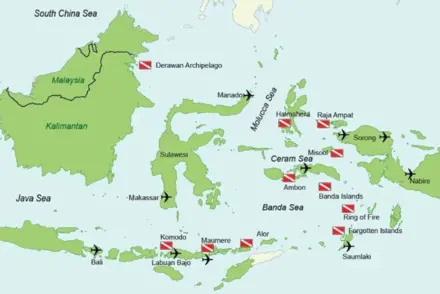
Day 1: Embarkation (Labuan Bajo) starts at 0800 hrs
Embarkation in the harbour of Labuan Bajo starts from 0800 hrs to 1500 hrs. Only transfers from Labuan Bajo domestic airport are included in the cruise package.
Hotel/resort transfers to the embarkation point can be organised by Solitude with a 3rd party transport company but will incur additional charges. These fees vary by location. It is best to organise with your resort/hotel a direct transfer to the embarkation point or Labuan Bajo Domestic Airport Terminal, where we can pick you up from 08:00.
When you board the Solitude Adventurer, you will be greeted by the rest of our crew. Orientation and registration (remember your C-Cards and/or logbooks!) will begin after the welcome. We recommend that you fill out your registration and general liability release forms prior to embarkation. This will save you some time at orientation and you can use it to settle in and relax! If not, no need to worry as you can fill them out after orientation to give to your cruise directors. Permit and National Park fees will also be collected at the time of registration. Please refer to our Know-Before-You-Go document for the complete guide and amount.
Lunch and/or dinner are included.
Sebayur Kecil, Sebayur Besar (optional check dive in Bidadari) (2 dives)
Day 2: Castle Rock, Crystal Rock, Shot Gun, Gili Lawa Darat (4 dives)
Day 3: Pink Beach, Karang Makassar, Batu Bolong (west), Siaba Kecil (4 dives)
Day 4: Manta Alley (2 dives), Cannibal Rock, Torpedo (4 dives)
Day 5: Police Corner, Tatawa Kecil, Tatawa Besar, Pulau Mawan (4 dives)
Day 6: Pulau Pengah, Wainilu (2 dives)
After the second dive to Loh Buaya Rinca Island & watch the sunset from Pulau Kaba where the flying foxes come out.
After dinner we sail back to Labuan Bajo. Your last dive must comply with our 18-hour no-fly/no-altitude policy.
Day 7: No diving, disembarkation (Labuan Bajo) at 1100 hrs
Between 07:00 and 08:00 you will be notified by a member of our crew on your invoice (if you have payments for satellite communication, equipment hire, EANitrox, alcohol etc). Please check that it is correct and make your payment conveniently before 1030am.
We only accept CASH in USD (preferred) or Indonesian Rupiah (IDR).
After a hearty breakfast, we will organise a recognition meeting followed by final disembarkation for our guests.
Unfortunately, we cannot accommodate late check-out requests as we have to prepare for the new cruise the next day.
Please note: There is an 18-hour flight ban for all dives. The itinerary of the cruise may change depending on the weather and/or diving experience of the guests
Deluxe double cabins upper deck
- 2 single beds
- En-suite bathroom
- adjustable air conditioning
- max. 2 guests
2 or 4 person cabin - single beds on the main deck
- 4 single beds (bunk beds)
- en-suite bathroom
- adjustable air conditioning
- max. 4 guests
Master double cabin main deck
- 1 double bed, king-size or 2 single beds
- En-suite bathroom
- Adjustable air conditioning
- max. 2 guests
Included: VAT, airport transfers, soft drinks, tea & coffee, drinking water, snacks, full board (all meals), dive packages, shore excursions, cabin towels, complimentary toiletries.
Required extras: National park fees (250 USD), fuel surcharge (30-110 USD per day), environmental tax.
Optional extras: gratuities, alcoholic beverages, rental equipment, nitrox (20 USD per day), private dive guide (150 USD per day), laundry/ironing service, WiFi.
Prices for rental equipment
Rental equipment is available on this vessel. Please indicate what you need on the booking form. Details below of what is included and the additional prices.
- 15 litre bottles 8 USD per day
- Regulators 15 USD per day
- BCD 15 USD per day
- Fin 5 USD per day
- Mask 5 USD per day
- Nitrox bottle20 USD per day
- Signal buoy Included
- Torch 8 USD per day
- Dive computer 10 USD per day
- Wetsuit 10 USD per day
- Air temperature: Warm all year round with average temperatures between 26.4 °C in July and 29.8 °C in November.
- Water temperature: Stable temperatures between 27.0 °C in August and 28.9 °C in December, ideal for diving.
- Rainfall: Drier months from June to September; wetter period from December to March, with the highest rainfall in January.
Banda Sea
- The Banda Sea is located in eastern Indonesia, between the island groups of the Moluccas, Timor, Sulawesi and Papua.
The central point is the so-called Banda Arch, a volcanic island arch with spectacular underwater topography.
Best known islands: Banda Neira, Pulau Hatta, Pulau Run - historically known as the "Spice Islands".
Raja Ampat
- Located in the far west of Papua, Indonesia, at the transition between the Pacific and Indian Oceans.
Comprises over 1,500 islands, atolls and rocks grouped around the four main islands: - Waigeo
- Batanta
- Salawat
- Misool
The population
Banda Lake
Very sparsely populated region.
Population mainly on the larger Banda Islands, traditionally fishing or farming.
Ethnically Melanesian-Malayo-Polynesian in character.
Raja Ampat
Also very sparsely populated; small, mostly indigenous communities.
Many people live from subsistence fishing and small-scale farming.
The population consists mainly of Papuans, who are culturally different from the Indonesian "mainstream".
Komodo National Park
Diving in Komodo National Park, a UNESCO World Heritage Site in Indonesia, is world-famous for its spectacular underwater world. The park, which lies between the islands of Sumbawa and Flores, offers an impressive variety of marine life and dramatic underwater landscapes. With over 1,000 species of fish and 260 species of coral, the park is a global hotspot of marine biodiversity.
Religions
- Both regions are predominantly Christian - rare in Indonesia,
- Banda Lake: mainly Protestant, partly Muslim
- Raja Ampat: Protestants, partly also Catholics
- Religion plays a central role in community life.
Economic situation
- Both regions are remote and economically underdeveloped, with limited infrastructure:
- ,Limited infrastructure, low income
- Limited access to education and healthcare
- Tourism, especially diving tourism, is an important source of hope for sustainable development in both regions.
Importance for Indonesia
- The regions are among the most biodiverse marine areas in the world.
Raja Ampat is part of the Coral Triangle, the epicentre of marine biodiversity.
They are internationally recognised as hotspots for ecotourism and marine research.
Governmental and international organisations promote projects for conservation and gentle tourism.
Economic influence of the diving industry
- The diving industry has grown significantly in both regions over the last 20 years, primarily through
- Liveaboard tours (many dive sites are only accessible by boat)
- Eco-resorts, partly with local co-operation models
Positive effects:
Creation of jobs in remote areas
Additional income through environmental fees, entrance fees to marine parks
Raising awareness of environmental protection and marine conservation
School projects, community investments by tourism companies
Challenges:
Access to infrastructure (electricity, water, transport)
Risk of overexploitation of sensitive reefs
Tensions between nature conservation and traditional fishing practices
Why Banda Lake & Raja Ampat are popular destinations for divers
Banda Lake
- Unspoilt dive sites with steep walls, deep-sea volcanoes and spectacular drop-offs
Big fish such as hammerhead sharks, mobulas, tuna - especially in the "Ring of Fire" route
Historic atmosphere - old colonial buildings and spice history on Banda Neira
Rarely dived regions, often exclusively accessible by liveaboard
Excellent visibility and little current in many spots
Raja Ampat
- Highest marine biodiversity on earth - over 600 coral species, 1,500 fish species
Macro & wide-angle photography - from pygmy seahorses to manta rays
Spectacular reefs, mangroves and lagoons - especially at Misool
Well-managed marine protected areas, high fees go towards protection
Slow, sustainable development with a focus on ecotourism
Diveable all year round, best time: October-April

